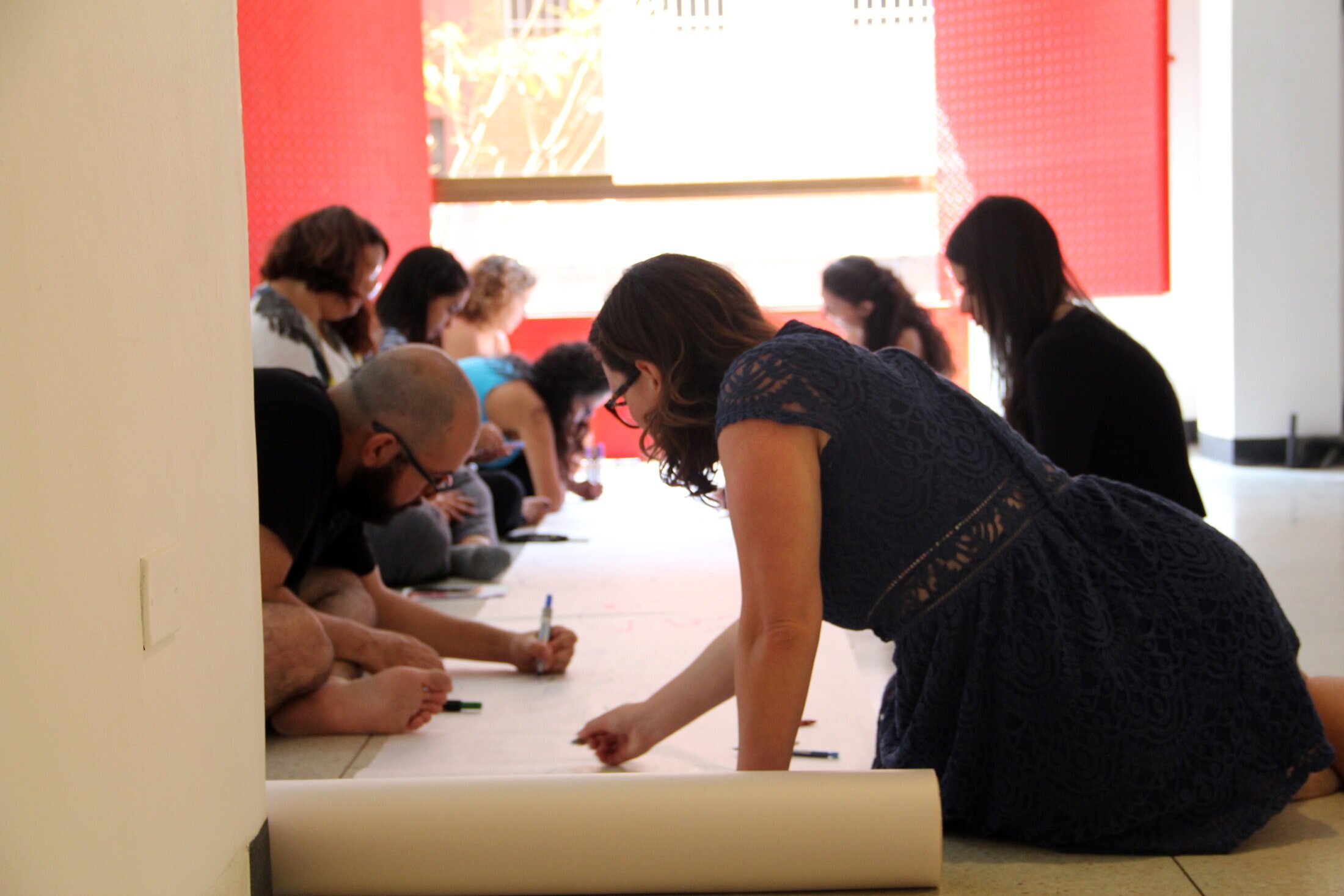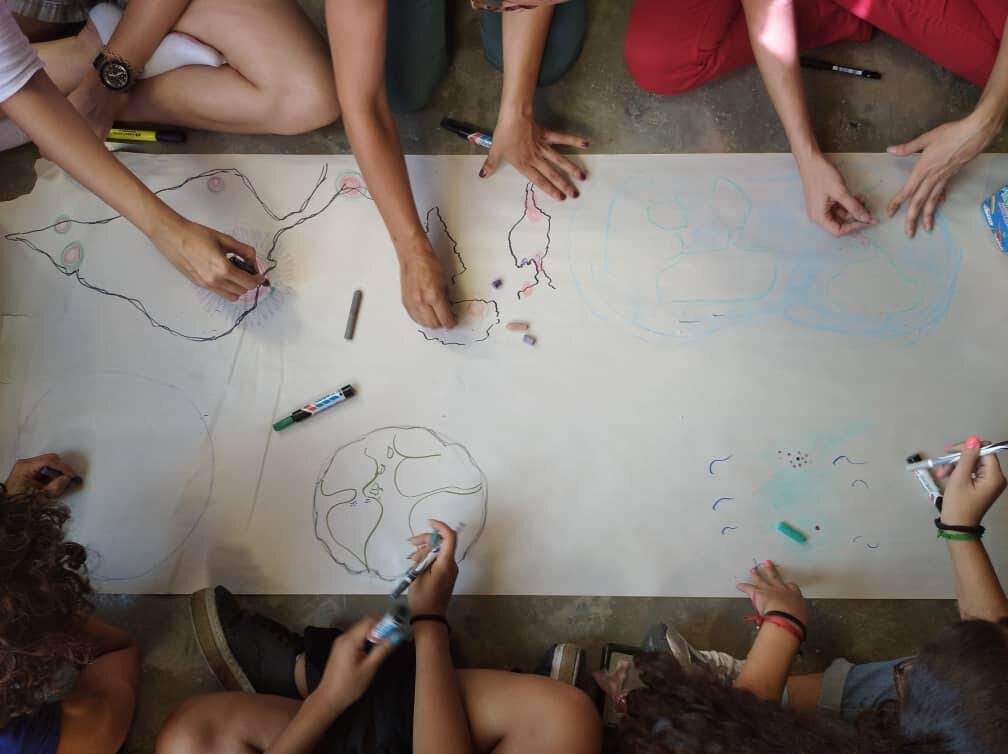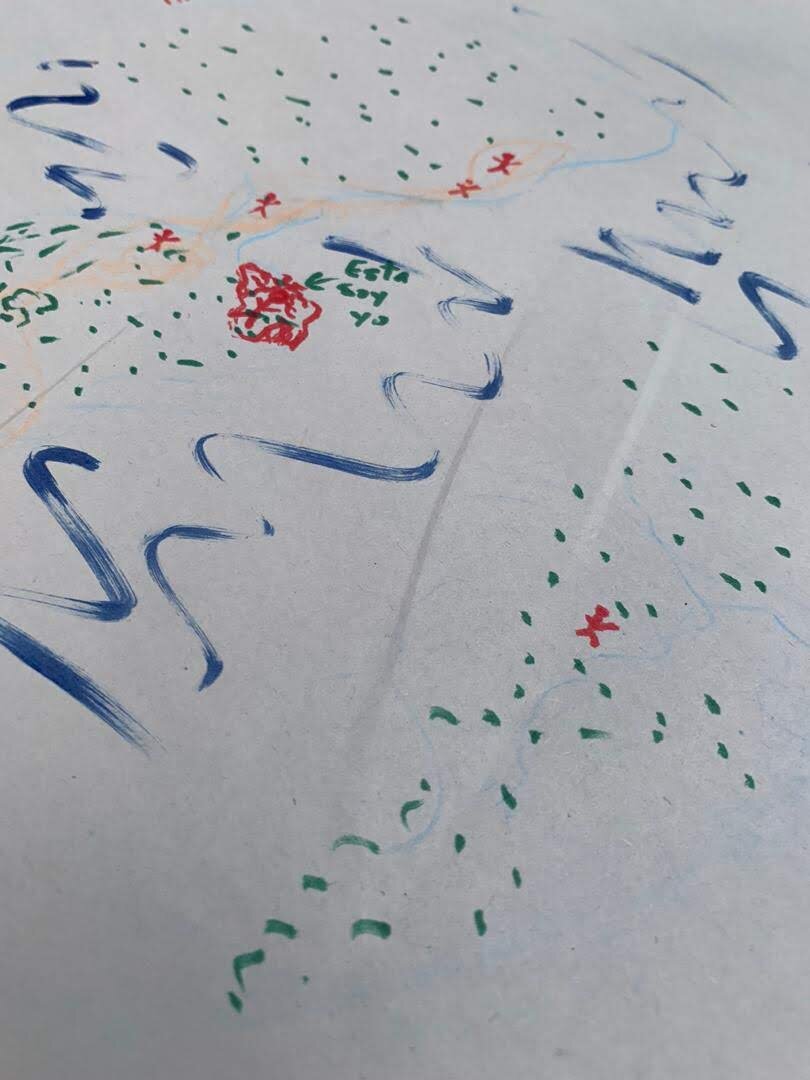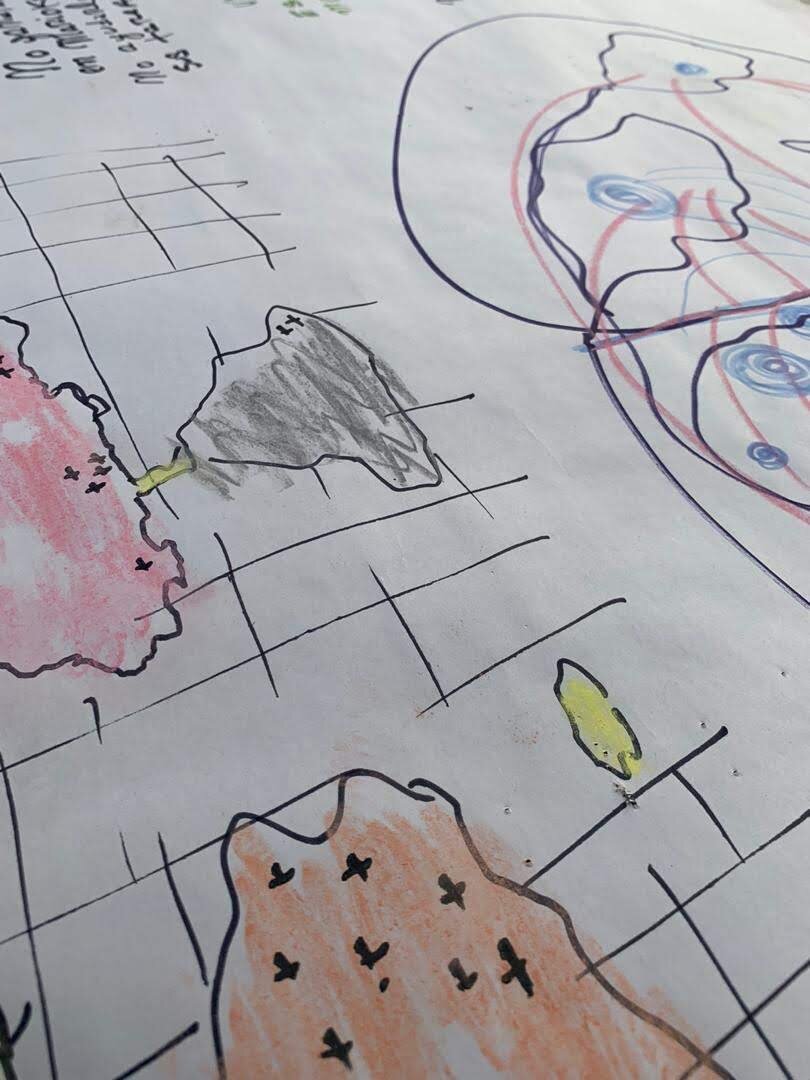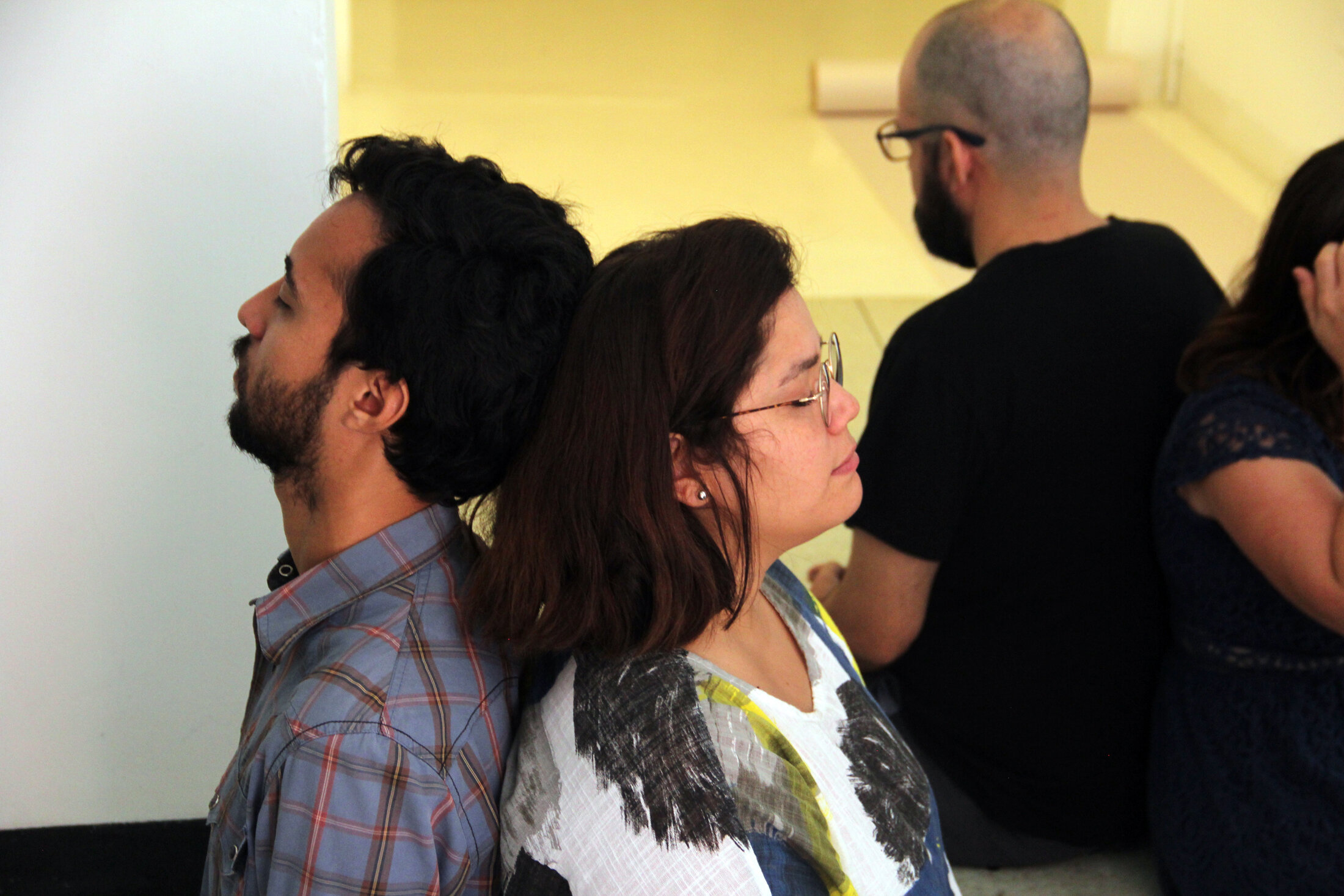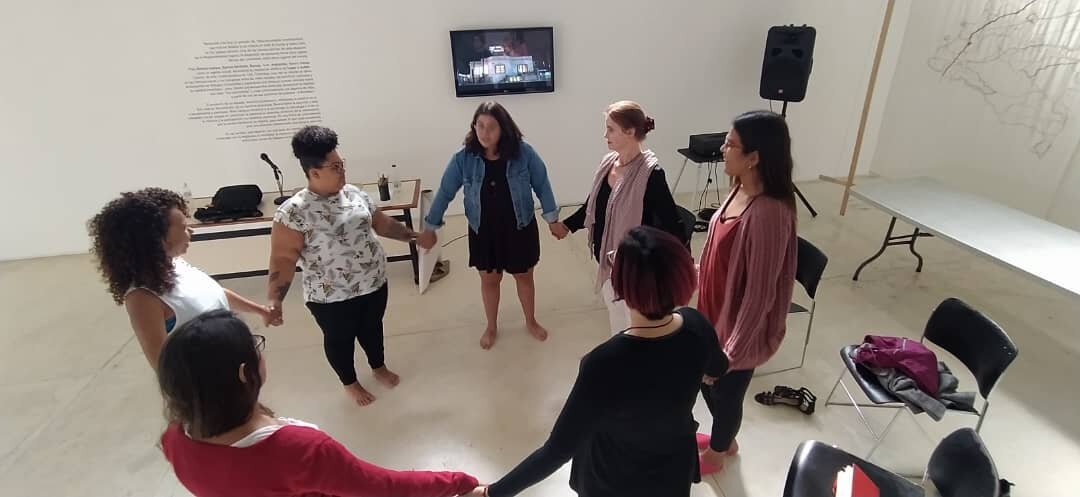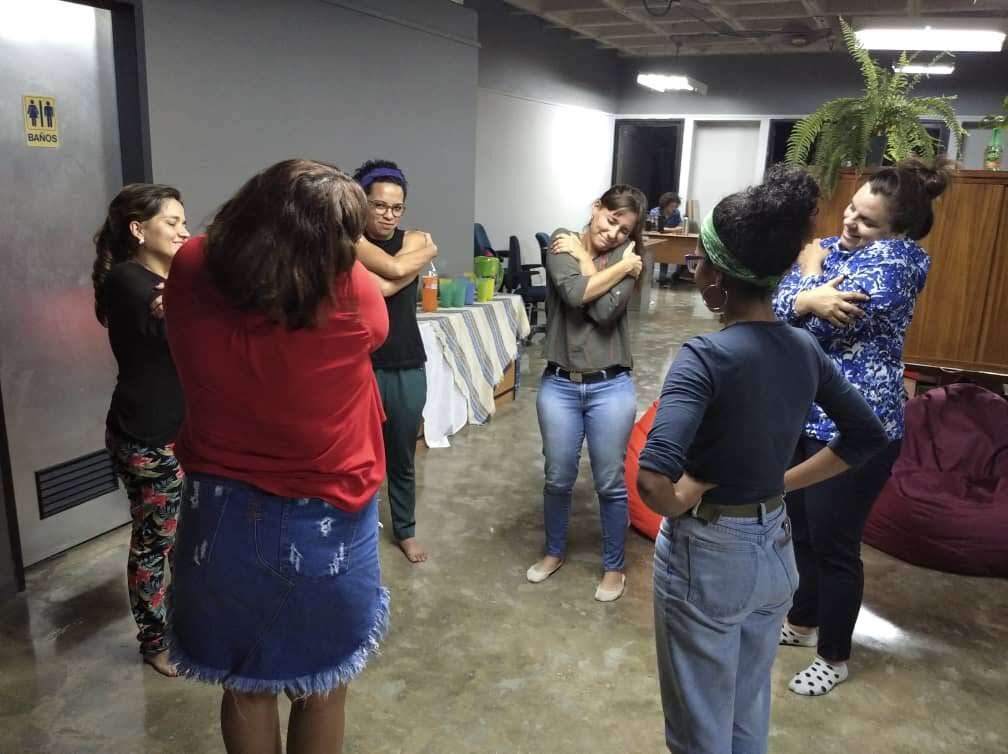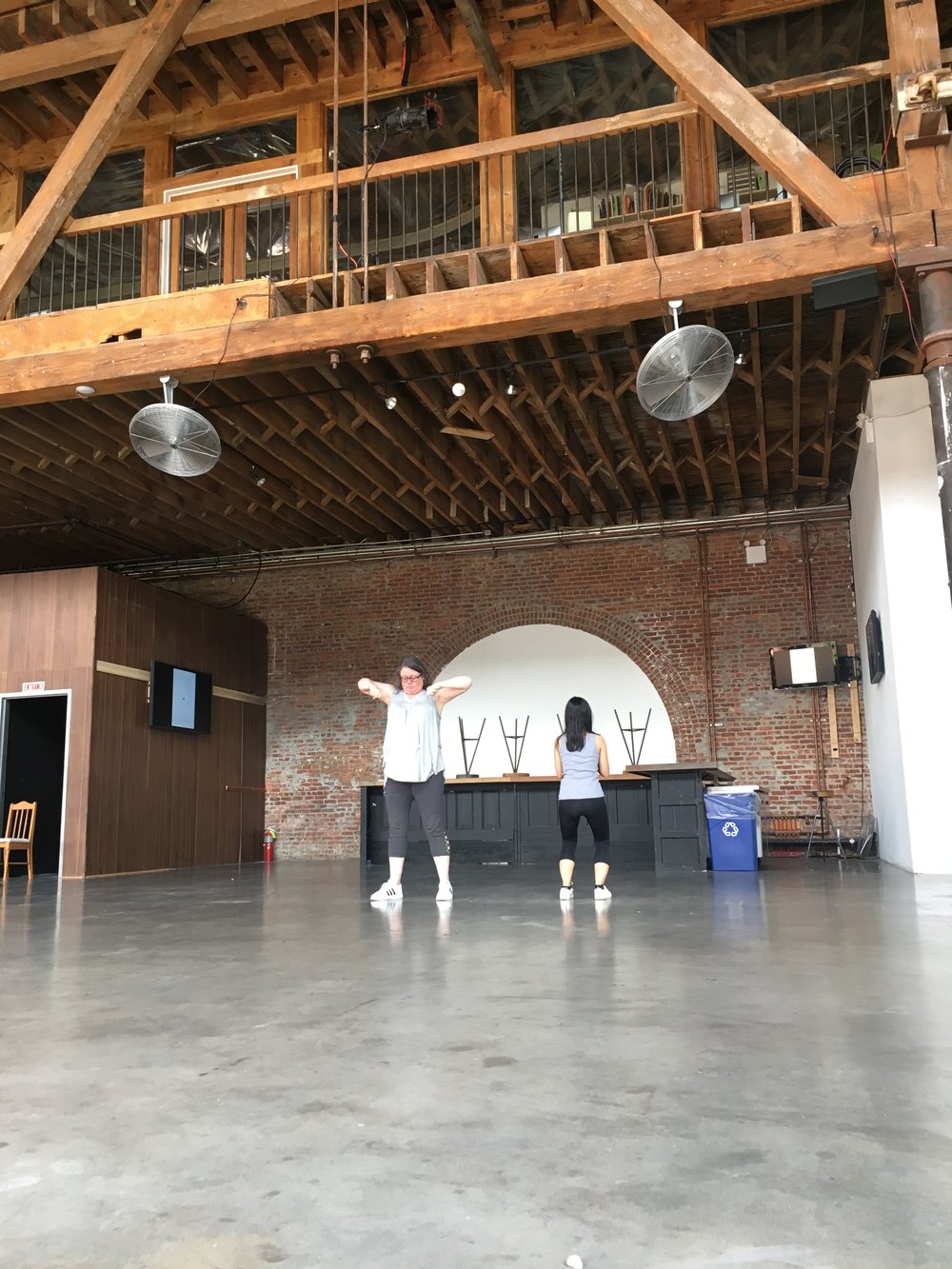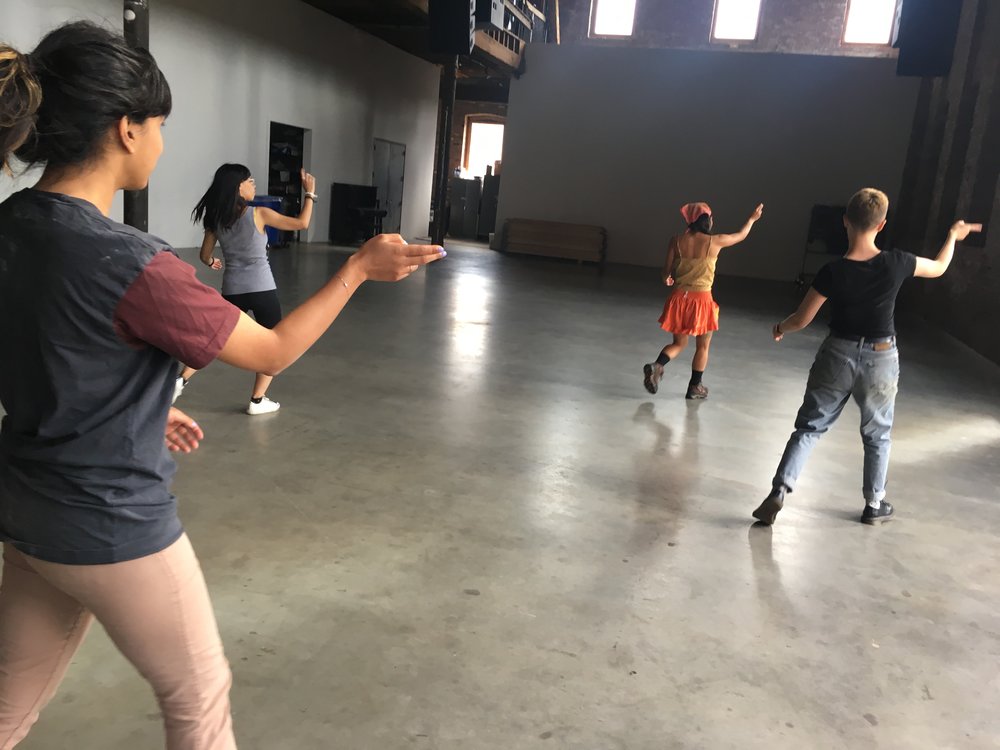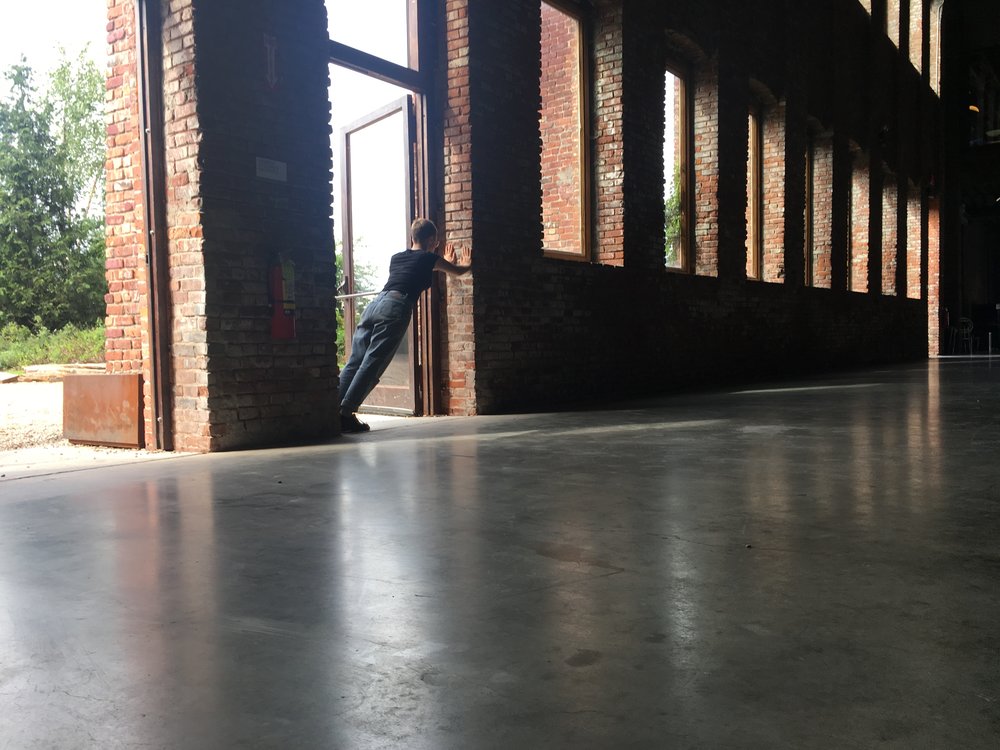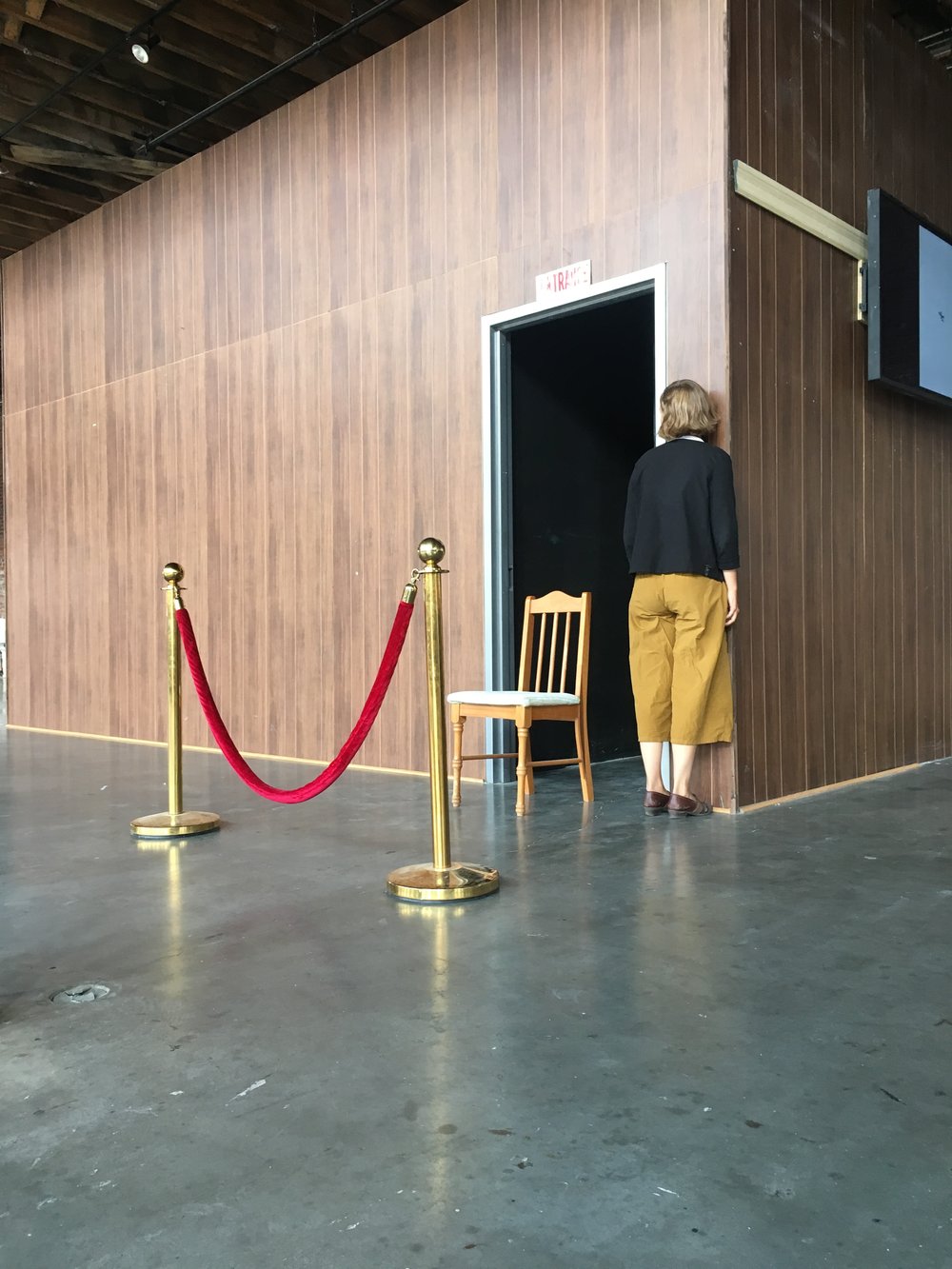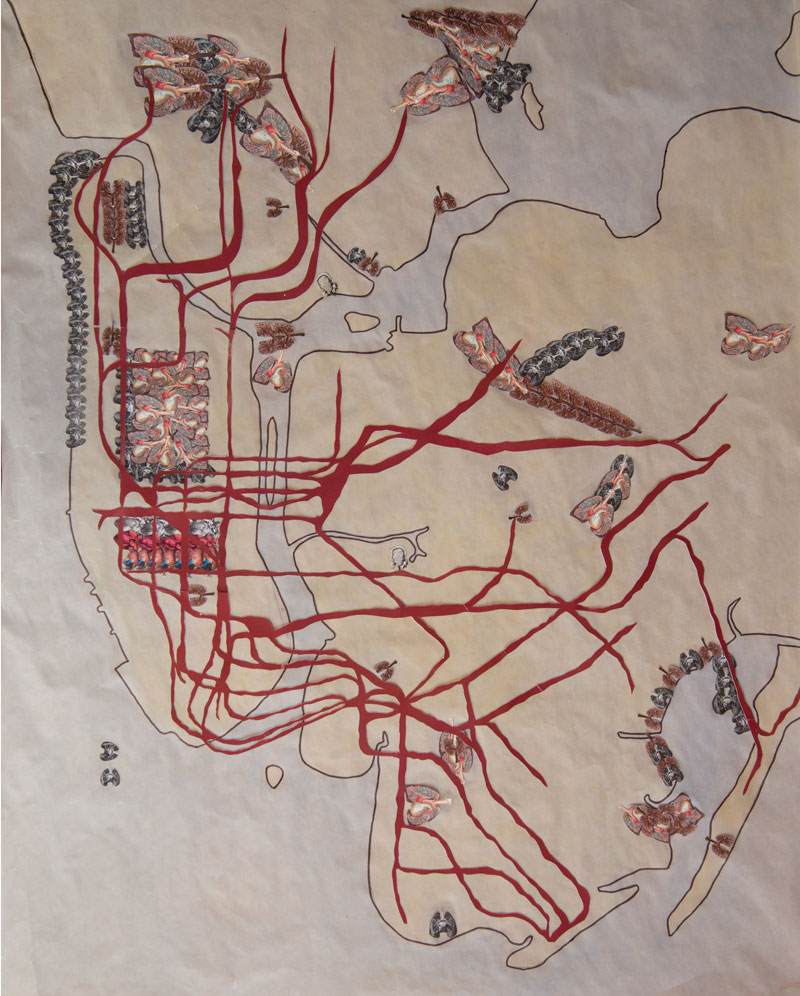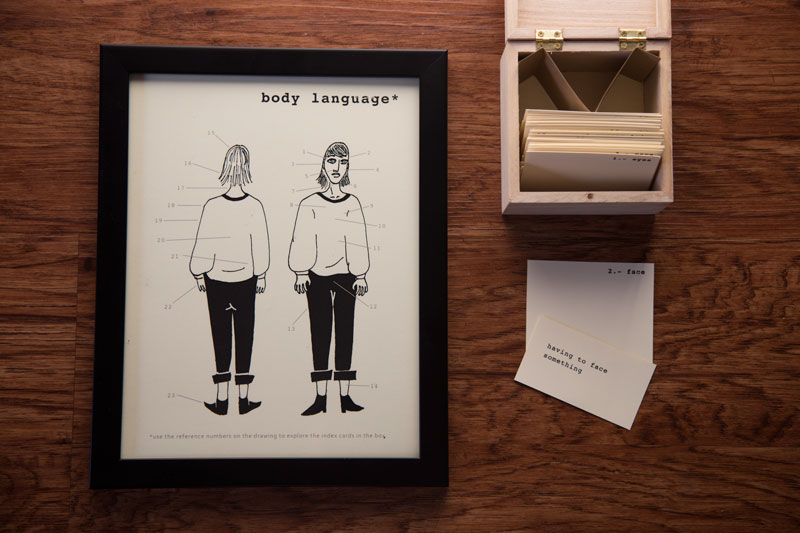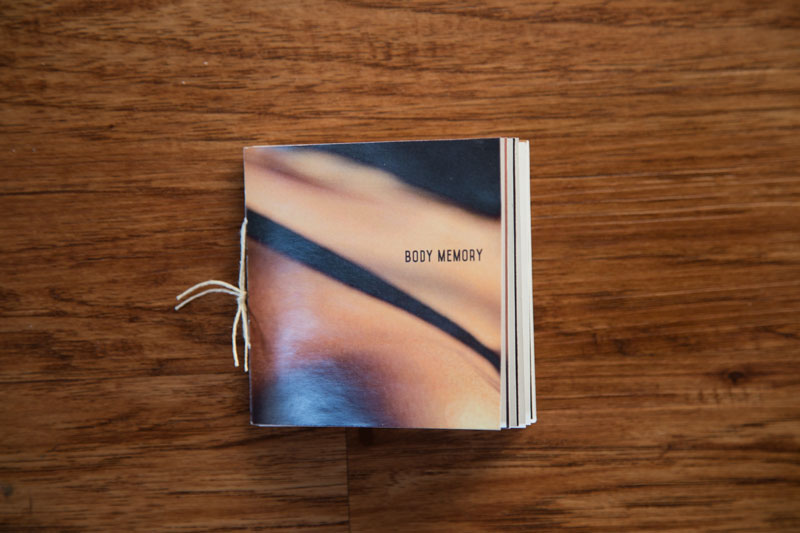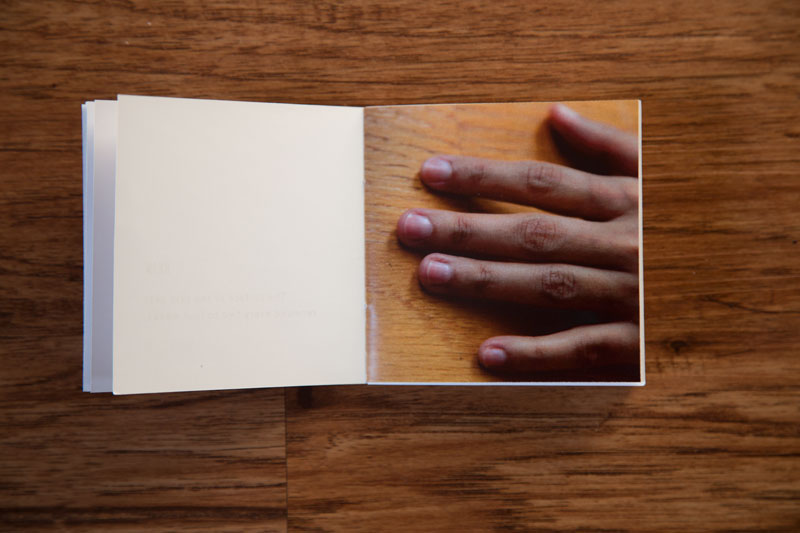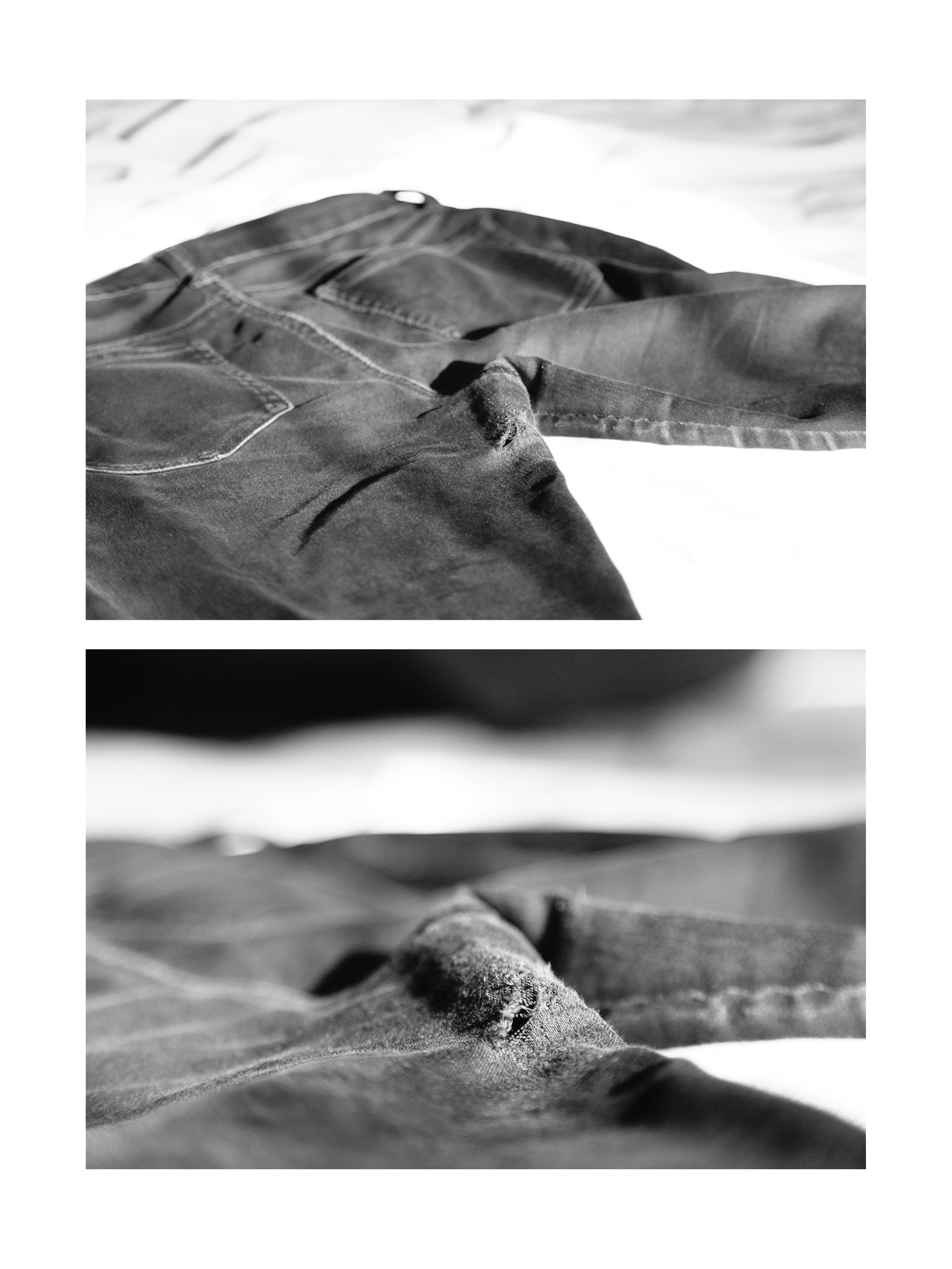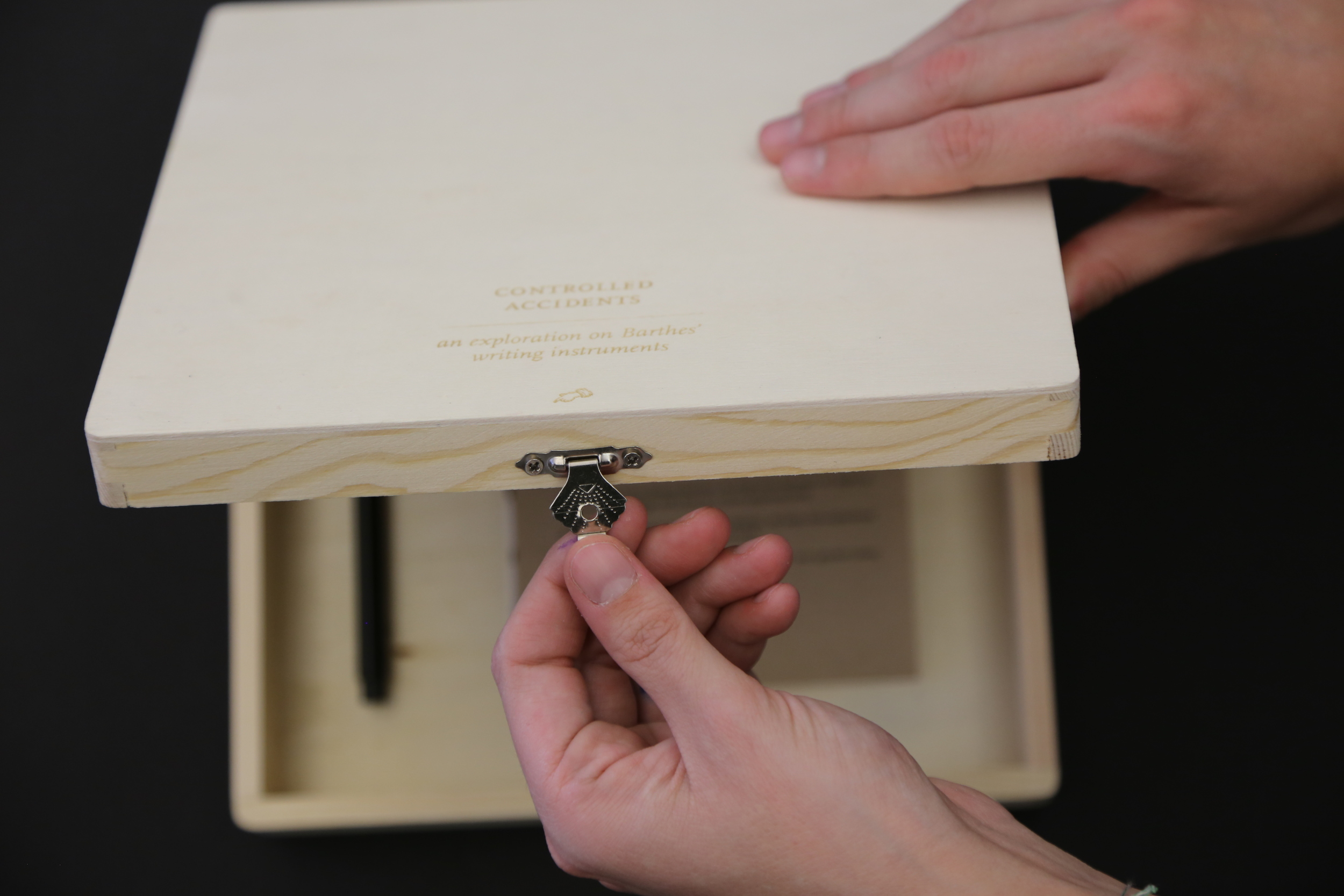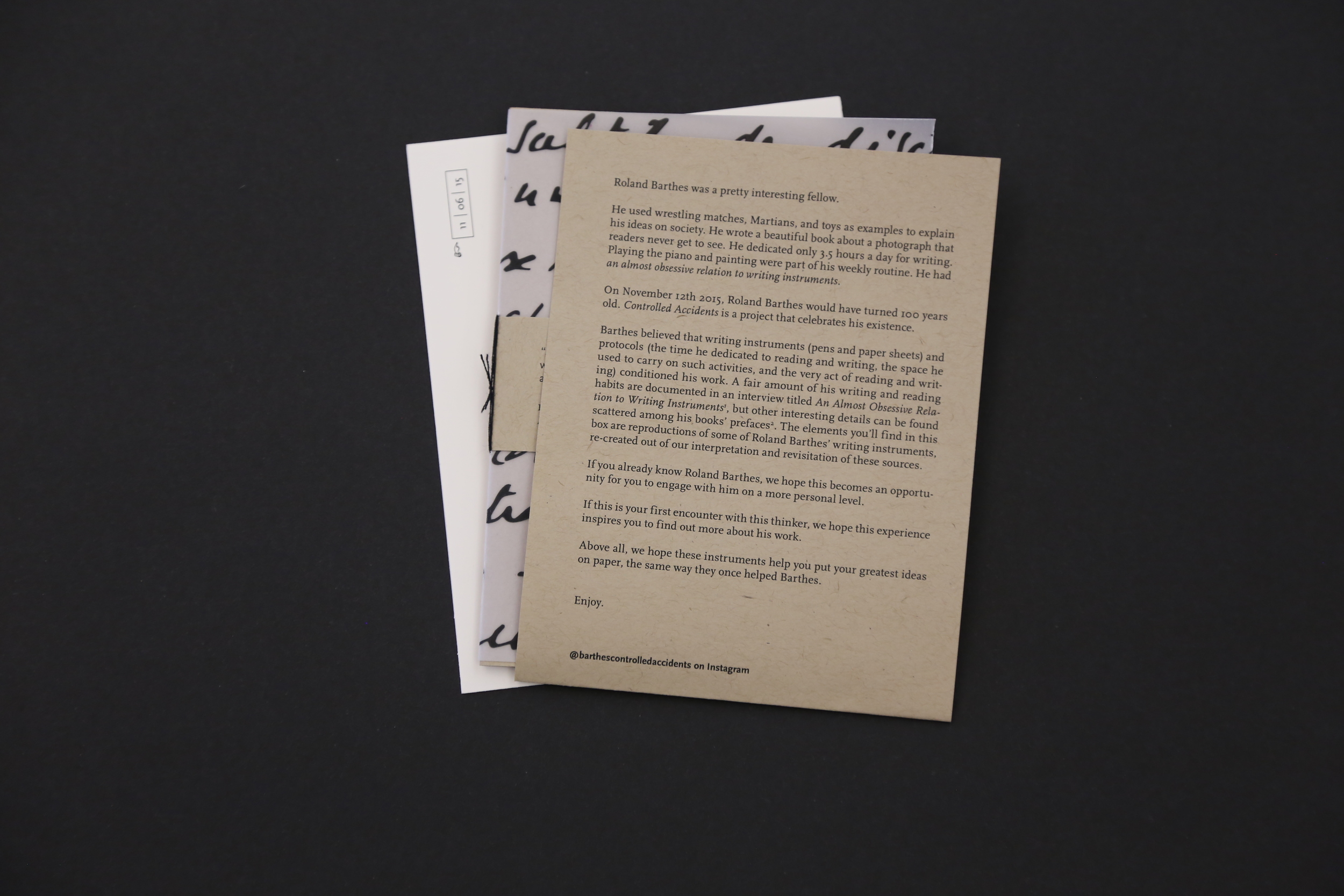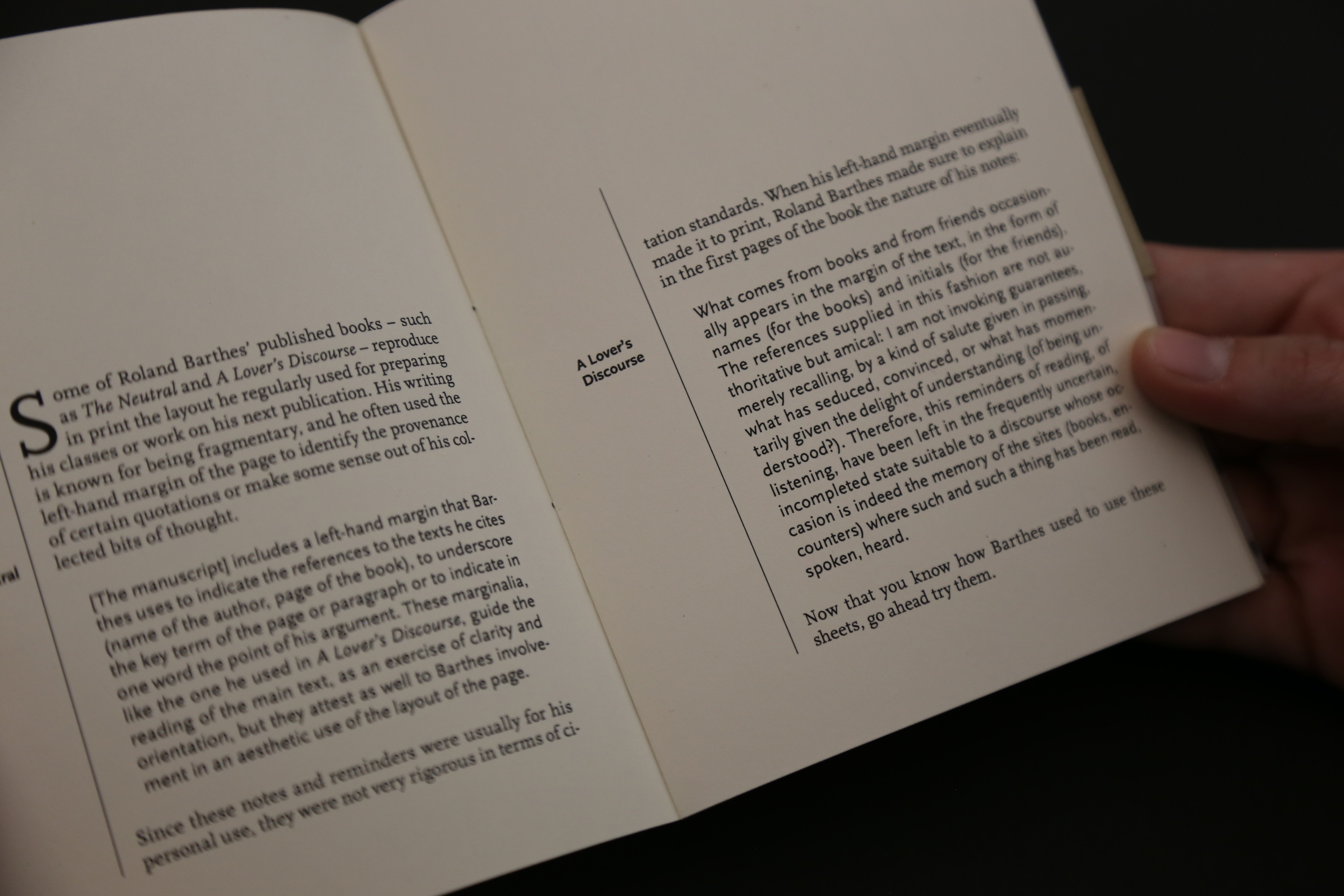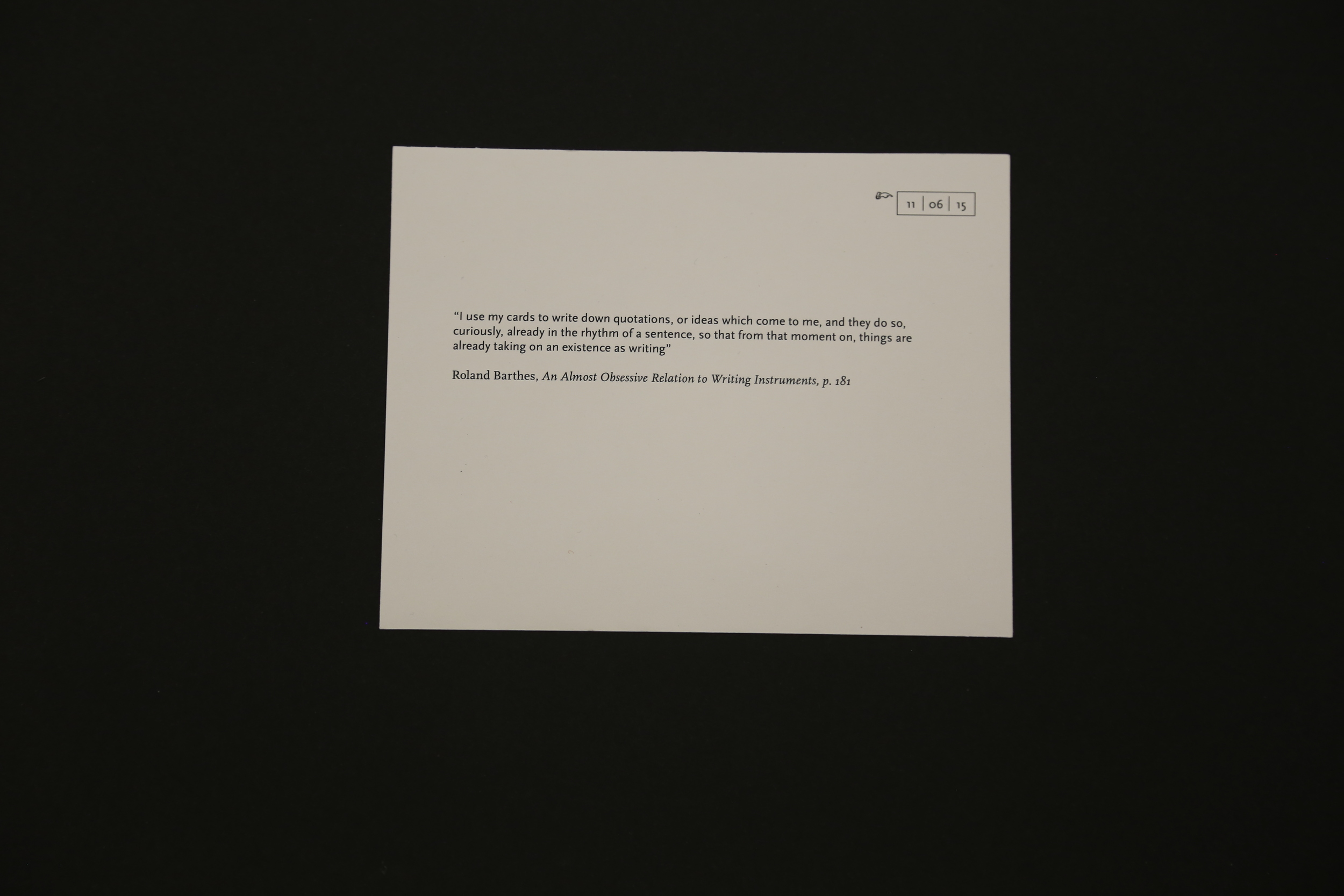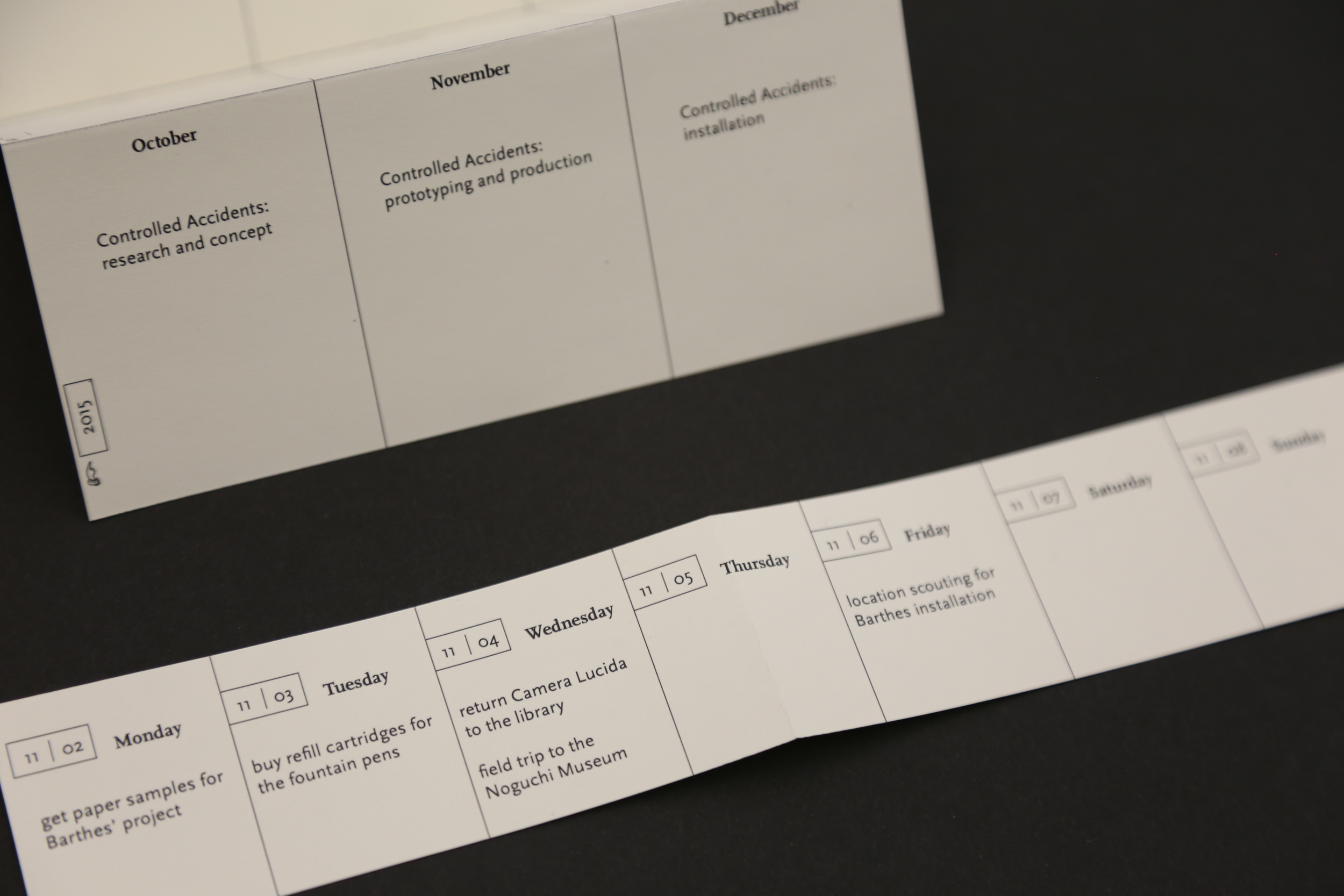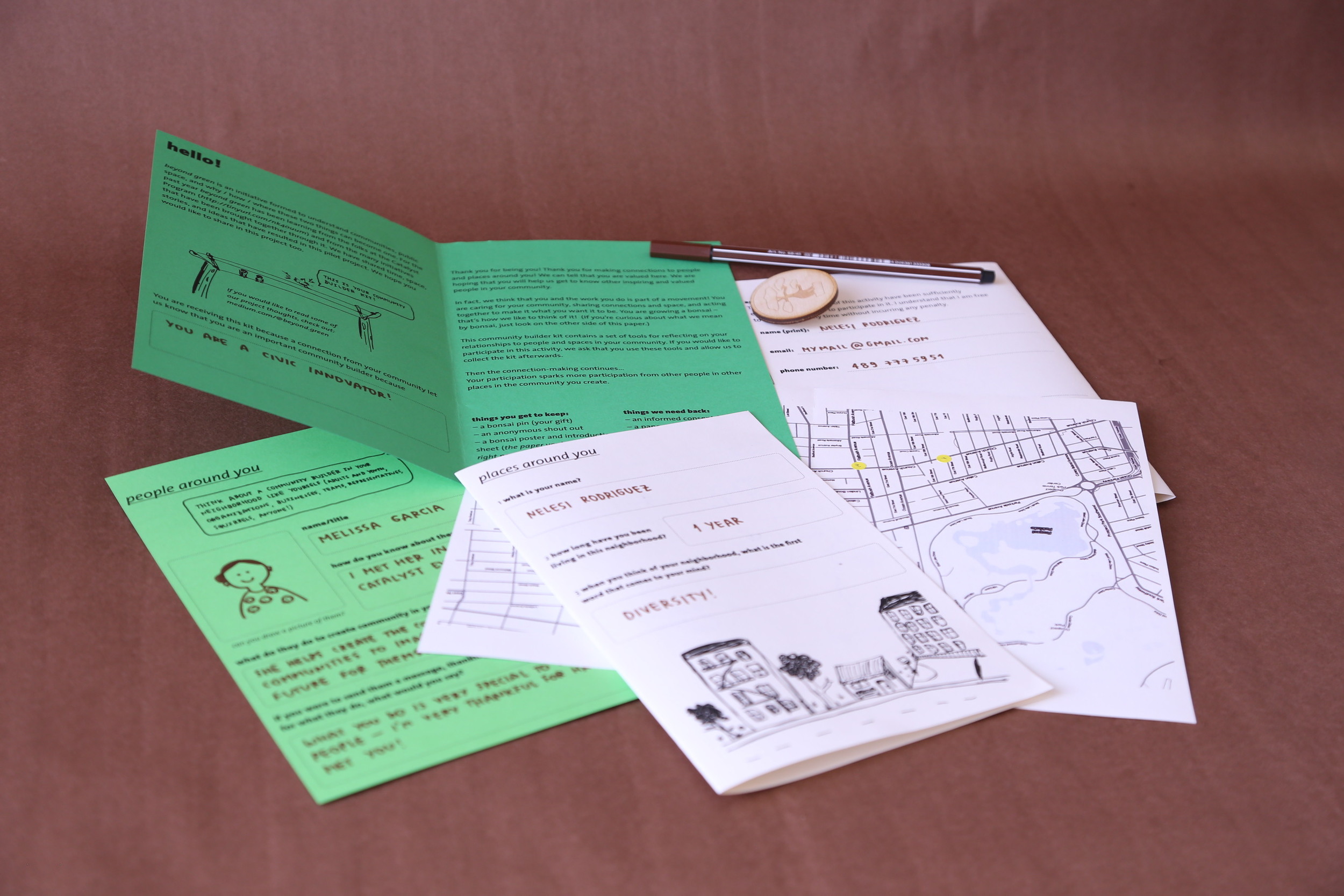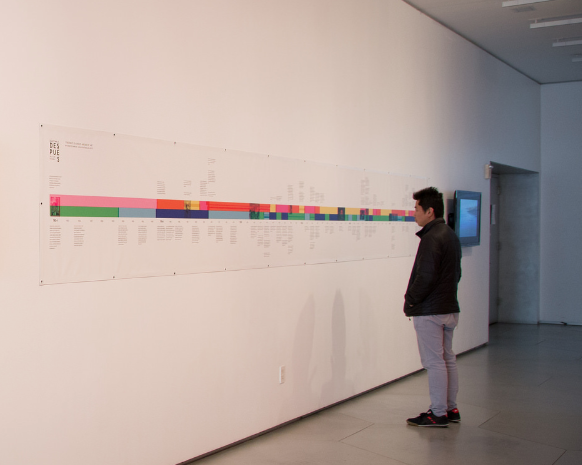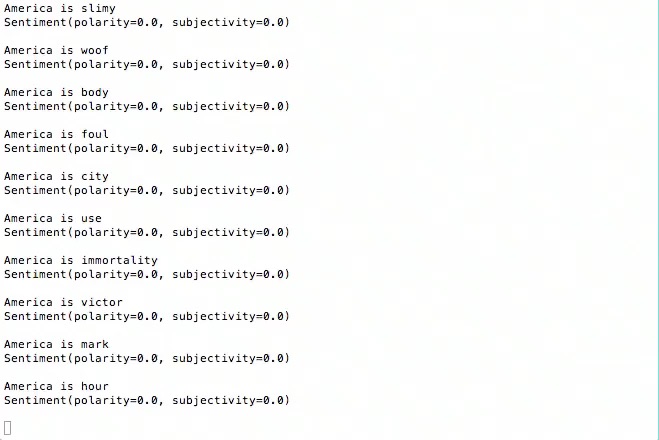“Being grounded is not necessarily about being fixed; being mobile is not necessarily about being detached. ”
Sacar y Echar Raices is a workshop series that invites participants to use artistic exploration as a medium for processing and sharing experiences of migration and belonging. Affective cartography, poetry, and creative movement in a collaborative environment help us weave our experiences and identify/create opportunities for connection and homemaking within and outside the workshop.
These workshops emerged from the desire to challenge and refract media narratives about the Venezuelan migratory crisis that began populating news sources in 2018. This coverage tended to focus on quantitative data and “key events” (as opposed to the non-event or everyday) and portray Venezuelans unidimensionally as (only) migrants/refugees and often in a negative light. Additionally, media discourses reinforced the binary between people who are “still there” and Venezuelans elsewhere, foregrounding processes of fragmentation and decomposition–of families, friendships, national identity–that overshadow the ways in which connections old, new, and remade sustain Venezuelans’ in their movements (geographical and otherwise) within and outside the country on a daily basis. Is migration geographical movement only? How are the migrations of those who “stay”? How do those who “leave” know that they have reached their destination? How do all of them find and (re)make home?
Sacar y Echar Raices is an ongoing project by Nelesi Rodriguez and Resonalia.

